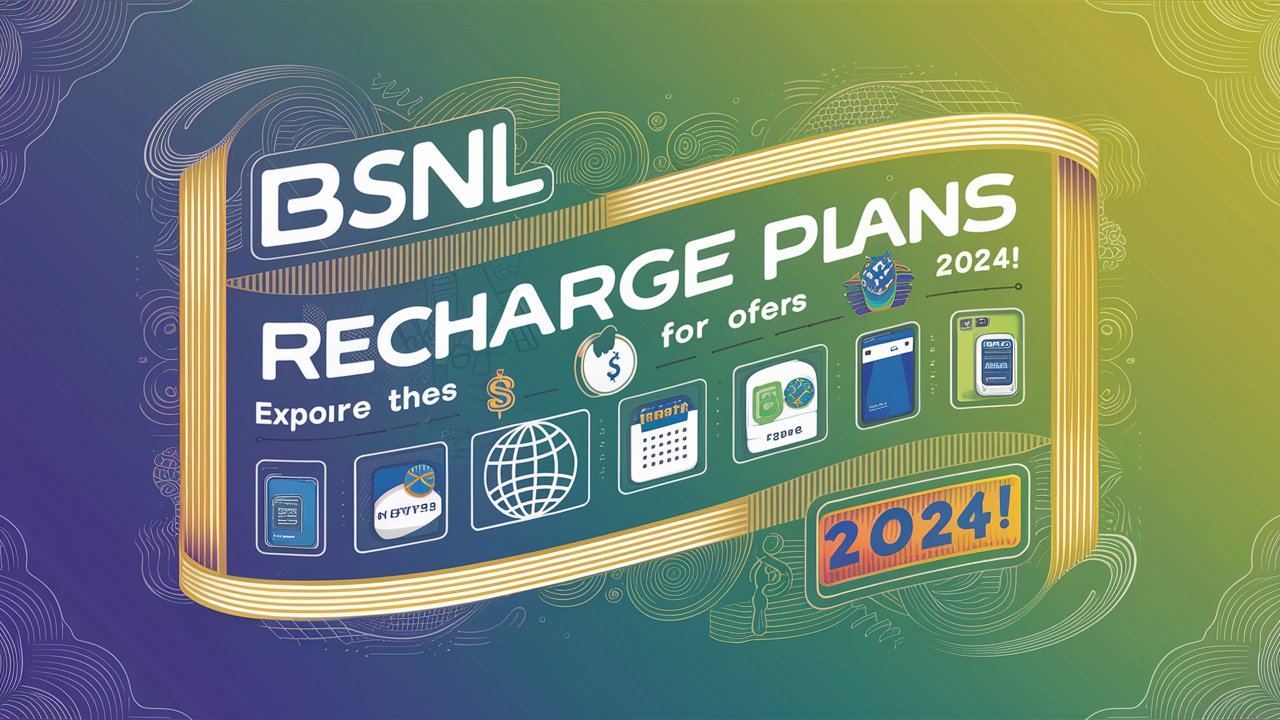United Nations General Assembly (UNGA) President Denis Francis has said that digitalization has an important role to play in reducing poverty in India. He said that ever since he returned from India, thoughts of telling the world about India’s digital achievement have been recurring in his mind. The use of just one mobile and digitization model in India has helped connect millions of people to the formal economic system. Digitization is not only helping in financial inclusion in India but is also making an effective contribution in reducing costs, making the economy more efficient and making services cheaper. This is helping to make the Indian economy more competitive. These are digital lessons from India that can be shared with the international community.
According to a new report by the United Nations Development Programme (UNDP), digitalisation has played a key role in reducing poverty in India from 25 per cent to 15 per cent during 2019-2021 as compared to 2015-16. The World Bank and the International Monetary Fund have also praised the digital system for reducing multidimensional poverty in India. The Multidimensional Poverty Index released by NITI Aayog states that in the last nine years, about 25 crore people in India have come out of multidimensional poverty, but still about 15 crore people in India are facing poverty. Various public welfare schemes of the government and digital facilities reaching the common man in the country have played a major role in reducing multidimensional poverty. An important contribution in this has been made by the Pradhan Mantri Garib Kalyan Anna Yojana, under which free food grains are being provided to more than 80 crore people of the weaker sections. Undoubtedly, India’s digital development related to reducing poverty and benefiting the common man is shining on the global stage. More than 50 crore people belonging to the weaker sections have been linked to the banking system through Jan Dhan accounts.
Digitization has formalized the Indian economy and Aadhaar has helped in direct benefit transfer (DBT) payments to beneficiaries while reducing leakages. In this way, the DBT scheme implemented since 2014 looks like a donation. Infosys co-founder Nandan Nilekani also said that India, with its unique digital public infrastructure and new digital capital, has done in the last 10 years what would have taken five decades to do in the traditional way. That is, India has come a long way in digitization in the last decade with a strong digital infrastructure, which is benefiting the entire economy, including the common man.
Some other major global studies have also described the digital economy as India’s new strength. The report by the Indian Council for Research on International Economic Relations and global consumer internet group PROCESS said India has now become the third largest country in the world after the US and China in the global ranking of digital economy. Germany is in fourth place and the UK in fifth. NASSCOM Chairperson Debjani Ghosh said technology has made its way into the daily lives of Indians, from the common man to all sections of the society. This is the real digital economy. As an emerging economy, India has leapfrogged into the digital age. India is the world’s second largest country in terms of internet users. According to RBI Governor Shaktikanta Das, India is at the top of the world ranking in digital payments. Last year, the share of Unified Payments Interface (UPI) in total digital payments in the country reached close to 80 per cent. The number of UPI transactions has increased 273 times in just six years. There were 43 crore UPI transactions in 2017. In the year 2023, their number increased to 11,761 crore. It’s a huge revolution.
In India, digital technology is not only being adopted by the youth, but also by the elderly and the poor. It’s not a small thing. Digital infrastructure is being successfully used for easy credit, employment generation, insurance and other public welfare schemes. Crores of people will be benefitted from this. A digital currency based on blockchain technology has also been issued by the Reserve Bank in the retail sector. This digital currency facilitates people-to-people and people-to-business transactions using digital rupee wallets. It is to be hoped that the government will also ensure easy access to digital facility to the remaining 15 crore poor. Also, to increase the digital participation of the common man of India, necessary arrangements like digital literacy, simple digital skill training, affordable smartphones, uninterrupted connectivity of internet and easy supply of electricity will be ensured to the villages and backward areas. With this, India will be the third largest economy in the world by 2027 and by 2047, increasing the smile of the common man. On the verge of becoming a developed economy, rapid progress will be seen.
read also this : A Twistedly Fun and Extremely Violent Video Game Adaption, “Fallout” on Prime Video: TV Review







